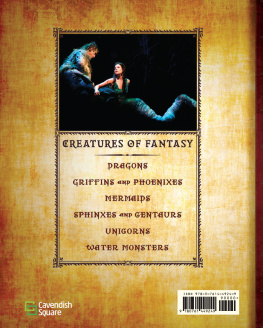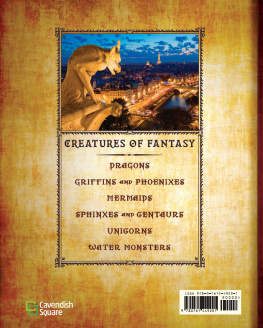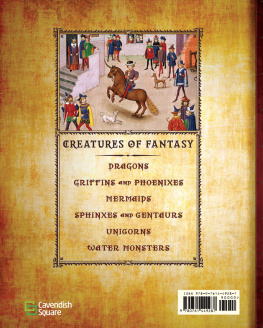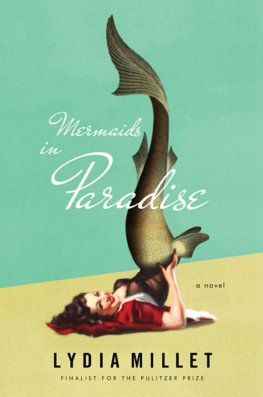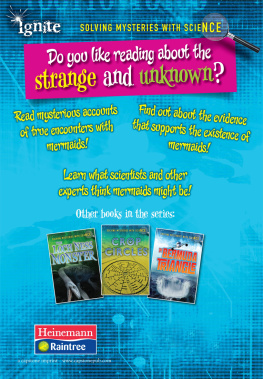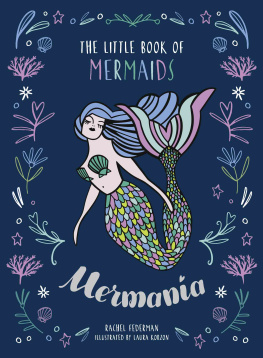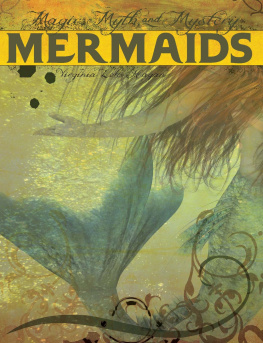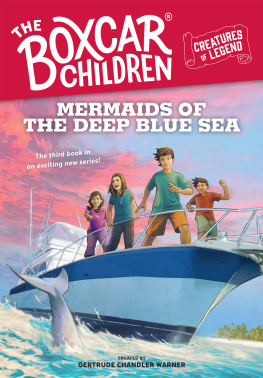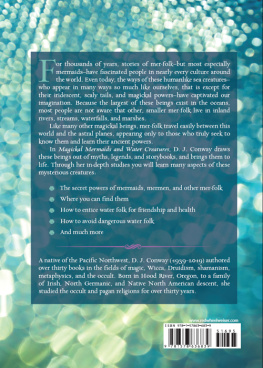To Haven
Published in 2014 by Cavendish Square Publishing, LLC
303 Park Avenue South, Suite 1247, New York, NY 10010
Copyright 2014 by Cavendish Square Publishing, LLC
First Edition
No part of this publication may be reproduced, stored in a retrieval system, or transmitted in any form or by any meanselectronic, mechanical, photocopying, recording, or otherwisewithout the prior permission of the copyright owner. Request for permission should be addressed to Permissions, Cavendish Square Publishing, 303 Park Avenue South, Suite 1247, New York, NY 10010.
Tel (877) 980-4450; fax (877) 980-4454.
Website: cavendishsq.com
This publication represents the opinions and views of the author based on his or her personal experience, knowledge, and research. The information in this book serves as a general guide only. The author and publisher have used their best efforts in preparing this book and disclaim liability rising directly or indirectly from the use and application of this book.
CPSIA Compliance Information: Batch #WS13CSQ
All websites were available and accurate when this book was sent to press.
LIBRARY OF CONGRESS CATALOGING-IN-PUBLICATION DATA
Hinds, Kathryn, 1962-Mermaids / Kathryn Hinds. p. cm.(Creatures of fantasy) Summary: Explores the mythical and historical backgrounds of mermaids including th Sirens, shape-shifters, Tritons, and the rusalkaProvided by publisher. Includes bibliographical references (p. ) and index. ISBN 978-0-7614-4924-9 (hardcover)ISBN 978-1-62712-053-1 (paperback) ISBN 978-1-60870-682-2 (ebook) 1. MermaidsJuvenile literature. 2. Sirens (Mythology)Juvenile literature. I. Title. GR910.H566 2013 398.21--dc23 2011045435
Editor: Joyce Stanton Art Director: Anahid Hamparian Series Designer: Michael Nelson
Photo research by Debbie Needleman. The photographs in this book are used by permission and through the courtesy of: Front Cover: Illustrated London News Ltd/ Mary Evans Picture Library. Back Cover: Laurie Lewis/Lebrecht Music & Arts. Pages i, 8: The Granger Collection, New York; pages ii-iii: Museum of Design & Decorative Arts, Copenhagen, Denmark. Photo by Glenn Loney/ Everett Collection; page : Image Asset Management Ltd/SuperStock.
Printed in the United States of America
front cover: Most mermaids have long hair, but this 1929 illustration depicts a mermaid with the fashionable short hair of the time.
back cover: A scene from an opera based on the legend of the rusalka, a mermaid-like Russian water spirit.
half-title: A mermaid princess from an 1890 collection of fairy tales.
title page: Mermaids frolic with young killer whales on a Danish wall hanging from around 1900.
CONTENTS
INTRODUCTION
ONE
GODDESSES AND SPIRITS
TWO
SINGING SIRENS
THREE
FISH-TAILED MAIDENS
FOUR
STRANGE SIGHTINGS
FIVE
MERMEN
SIX
SHAPE-SHIFTERS
SEVEN
A WATERY WORLD
GLOSSARY
TO LEARN MORE ABOUT MERMAIDS
SELECTED BIBLIOGRAPHY
NOTES ON QUOTATIONS
INDEX
This old miniature ivory carving of a mermaid once decorated a Japanese sash.
INTRODUCTION
In the CREATURES OF FANTASY series, we celebrate the deeds of dragons, unicorns, mermaids, water monsters, and more. These fabulous beasts have inhabited the imagination and arts since the beginnings of human history. They have been immortalized in paintings and sculptures, mythology and literature, movies and video games. Todays blockbuster fantasy novels and films The Chronicles of Narnia, Harry Potter, Lord of the Rings, Eragon, and othershave brought new popularity to the denizens of folklore, myths, and legends. It seems that these creatures of the imagination have always been with us and, in one way or another, always will be.
Belief in the fantastic, in wonders, appears to be a lasting part of the human experience. Even if we no longer believe that dragons and unicorns actually exist, we still like to think about what things might be like if they did. We dream and daydream about them. We make up stories. And as we share those dreams, read and tell those stories, we not only stir our imaginations but also explore some of the deepest hopes and fears of humanity. The power of the dragon, the purity of the unicorn, the wildness of the centaur, the allure of the mermaidthese and more are all part of our human heritage, the legends of our ancestors still alive for us today.
A 1932 illustration of the Little Mermaid, from a book of fairy tales by Hans Christian Andersen.

GODDESSES AND SPIRITS
[I] heard a mermaid on a dolphins back Uttering such dulcet and harmonious breath That the rude sea grew civil at her song And certain stars shot madly from their spheres To hear the sea-maids music.
~WILLIAM SHAKESPEARE, A Midsummer Nights Dream, 1590s
M ERMAIDS. WHEN YOU HEAR THE WORD, the first thing you think of might be Ariel from the Disney film The Little Mermaid. Or maybe you remember the beautiful mermaids of Neverland in Peter Pan, who loved to bask on a rock in their lagoon, combing out their hair in a lazy way.... The most haunting time at which to see them is at the turn of the moon, when they utter strange wailing cries; but the lagoon is dangerous for mortals then. Indeed, stories from around the world tell us that mermaids, no matter how lovely or lazy seeming, can pose a deadly threat to human beings. Or, sometimes, they can bring luck, love, happiness, and wealth to favored mortals. After all, these sea maidens are every bit as unpredictable and magnificent as the waters they live in.
THE FIRST MERMAID
Thousands of years ago, people along the eastern coast of the Mediterranean Sea honored a goddess named Atargatis, also known as Derceto. She has been called a moon goddess, but clearly she was very concerned with fish, too. Her temples had sacred fishponds, and at one of them worshipers made offerings of fish crafted from gold and silver. Part fish herself, Derceto seems to have been the first being ever described as a mermaid.
A Roman writer who visited the eastern Mediterranean was shown a drawing of Derceto that portrayed her in a curious form; for in the upper half she is woman, but from the waist to the lower extremities runs in the tail of a fish. An ancient Greek historian wrote that the goddess had only a womans head, while the rest of her body was that of a fishand it is for this reason that the Syrians to this day abstain from this animal and honour their fish as gods. Despite this, it seems that many people in the region did eat seafood. In some cities, though, no one was allowed to catch fish without permission from the goddess, in the form of a fishing license sold by her priests.
DAUGHTERS OF THE SEA
The ancient Greeks and Romans believed that everything in nature had a kind of spirit. For them, water spirits were usually imagined as graceful, joyous young goddesses. The Greeks classified their sea goddesses in two groups. Those of the Mediterranean Sea were the Nereids, while those of the Atlantic Ocean were known as Oceanids. There were fifty Nereids, whose father was the god Nereus, the Old Man of the Sea. Their mother was Doris, an Oceanid, one of the three thousand daughters of Oceanus and his wife Tethys, gigantic beings who were older than the great gods themselves.

